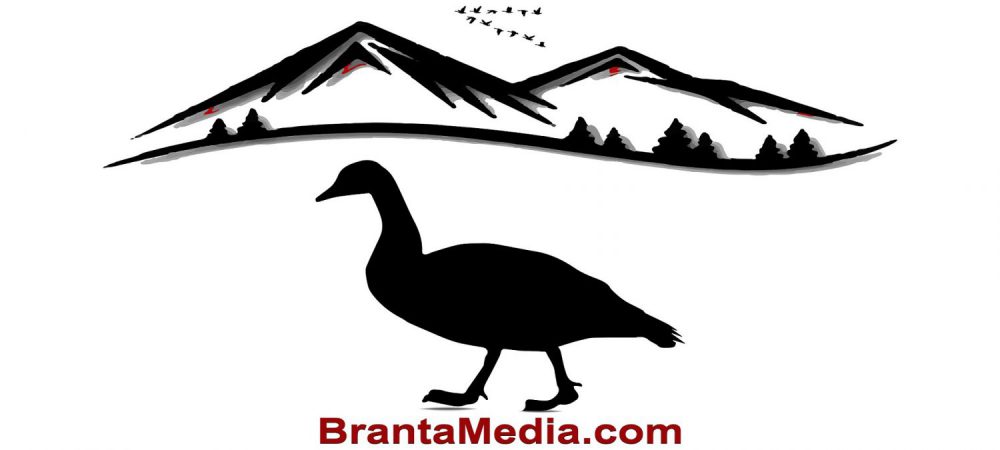Nestled on the rugged west coast of Newfoundland in Canada lies Gros Morne National Park, a UNESCO World Heritage Site and one of the most breathtaking natural locations in the world. Encompassing over 1,800 square kilometers of diverse landscapes, this park offers a rare glimpse into the Earth’s geological history while showcasing the raw beauty of Canada’s wilderness.
A Geological Marvel
Gros Morne National Park is celebrated for its unique geology; the park is part of the Long Range Mountains, and it is most renowned for the Tablelands—a stark, orange-hued plateau that is a piece of the Earth’s mantle exposed at the surface. Thanks to Gros Morne’s role in helping scientists develop the theory of plate tectonics, the park was designated a UNESCO World Heritage Site in 1987.
Majestic Landscapes And Wildlife
Beyond the unique geological features, Gros Morne National Park presents a wide array of stunning landscapes. Glacially carved fjords, lush boreal forests, windswept beaches, and dramatic cliffs combine to create an awe-inspiring outdoor paradise. The striking fjord of Western Brook Pond has cliffs that rise over 600 meters above crystal-clear freshwater.
Some of the wild animals that live in the park include the Moose(Alces alces), Caribou(Rangifer tarandus), Black Bear(Ursus americanus), and a wide variety of bird species also live in the park, including; the Boreal Chickadee(Poecile hudsonicus), Blue Jay(Cyanocitta cristata), and Northern Flicker(Colaptes auratus).
A Cultural And Historical Haven
Gros Morne is not only a celebration of nature but also a place where culture and history take center stage. The region is rich in Indigenous history, with the Mi’kmaq people having lived in the area for generations.
Conclusion
Gros Morne National Park is more than just a place of natural beauty; it’s a living testament to the power and history of the Earth, a haven for wildlife, and a cultural gem within Newfoundland’s rich heritage.
